Extension cords are an everyday necessity in our homes and workplaces, providing power to various devices away from a wall outlet. However, navigating the world of extension cords can be a daunting task without the right knowledge. In this comprehensive guide, we will delve into the intricacies of extension cords, helping you understand their types, usage, safety concerns, and how to choose the right one for your needs.
Understanding Extension Cords
An extension cord, also known as an extension cable, is a flexible electrical power cable with a plug on one end and one or more sockets on the other end. Extension cords are designed for temporary use to power devices and gadgets in situations where a power outlet isn't within reach.
The Anatomy of an Extension Cord
The main components of an extension cord are:
- Conductors: These are the wires that transport electricity through the cord.
- Plug: This is the part you insert into the wall socket.
- Socket(s): This is where you plug in your device(s).
- Insulation Jacket: This covers the conductors, providing protection against environmental elements.
The Science Behind Extension Cords
Before diving deeper, let's clarify some electrical terms related to extension cords:
- Ampere (Amp): This is a unit that measures how much electric current flows through a wire.
- Wattage (Watts): This represents the amount of power consumed by an electrical device.
- Voltage (Volts): This is the electrical force that propels the current through the wire.
Decoding Wire Gauges
The wire gauge, represented by the American Wire Gauge (AWG) rating, refers to the thickness of the wire within the extension cord. It's crucial to note that the lower the gauge number, the thicker the wire, and the more current it can handle.
Here's a rough guide to extension cord gauges:
- 16-gauge: Suitable for light-duty use, such as powering lamps and small appliances. It can handle up to 10 amps of current and is suitable for cords up to 50 feet in length.
- 14-gauge: Ideal for medium-duty use, such as powering power tools and small appliances. It can handle up to 15 amps of current and is suitable for cords up to 100 feet in length.
- 12-gauge: Suitable for heavy-duty use, such as powering large power tools and appliances. It can handle up to 20 amps of current and is suitable for cords up to 150 feet in length.
- 10-gauge: Ideal for extra-heavy-duty use, such as powering industrial equipment and machinery. It can handle up to 30 amps of current and is suitable for cords up to 250 feet in length.
Types of Extension Cords
Extension cords are designed to cater to different applications. Here's a rundown of the common types:
- Indoor Extension Cords: Designed for indoor use only, with a thinner gauge wire than outdoor cords.
- Outdoor Extension Cords: Built to withstand weather conditions, with a thicker gauge wire than indoor cords.
- Flat Extension Cords: Ideal for use under carpets or in areas where a traditional round extension cord would be a tripping hazard.
- Retractable Extension Cords: Feature a coiled cord that can be extended and retracted for storage, perfect for garages and workshops.
- Multi-Outlet Extension Cords: Have multiple outlets, ideal for powering multiple devices simultaneously.
- Specialty Extension Cords: Designed for specific applications, like Christmas lights, RVs, and generators.
How to Choose the Right Extension Cord
Choosing the right extension cord may seem daunting, but by considering the following factors, you can select the perfect cord for your needs:
- Length: Choose a cord long enough to reach the outlet without posing a tripping hazard.
- Gauge: Ensure the cord's gauge can handle the wattage of the electrical device you're using.
- Usage: Select an indoor or outdoor cord based on your intended use.
- Number of Outlets: For powering multiple devices, choose a cord with multiple outlets.
- Safety Features: Look for cords with safety features like surge protection, grounding, and UL Certification.
FAQs About Extension Cords
Can I connect multiple extension cords together?
No. Connecting multiple extension cords, also known as daisy-chaining, can overload the circuit and create a fire hazard. Instead, use a single longer cord or move the device closer to the outlet.
Can I use indoor extension cords outdoors?
No. Indoor extension cords are not designed to withstand weather conditions and can become a safety hazard if used outdoors.
What's the difference between a 12-gauge and a 14-gauge extension cord?
The lower the gauge number, the thicker the wire and the more current it can handle. Hence, a 12-gauge extension cord can handle more current than a 14-gauge cord.
Can I use a 3-prong plug device with a 2-prong extension cord?
No. Using a 3-prong plug device with a 2-prong extension cord can create an electrical hazard. Always use a 3-prong extension cord for such devices.
Can I use an extension cord with a power strip?
Yes, but ensure that the total wattage of all devices does not exceed the cord's maximum amperage rating.
Ensuring Safe Use of Extension Cords
Safety should be your paramount concern when using extension cords. Here are some rules to follow:
- Use extension cords only for temporary purposes.
- Never connect multiple cords together.
- Always use extension cords designed for their intended use.
- Use a ground fault circuit interrupter (GFCI) when using extension cords in wet or damp locations.
- Do not use an extension cord that feels hot or shows signs of damage.
Choosing the right extension cord is crucial for the safe and efficient operation of your electrical appliances. By understanding your power needs and the specifications of various extension cords, you can ensure a safe and optimal power supply for all your devices. Always remember, when it comes to extension cords, safety should never be compromised for convenience.


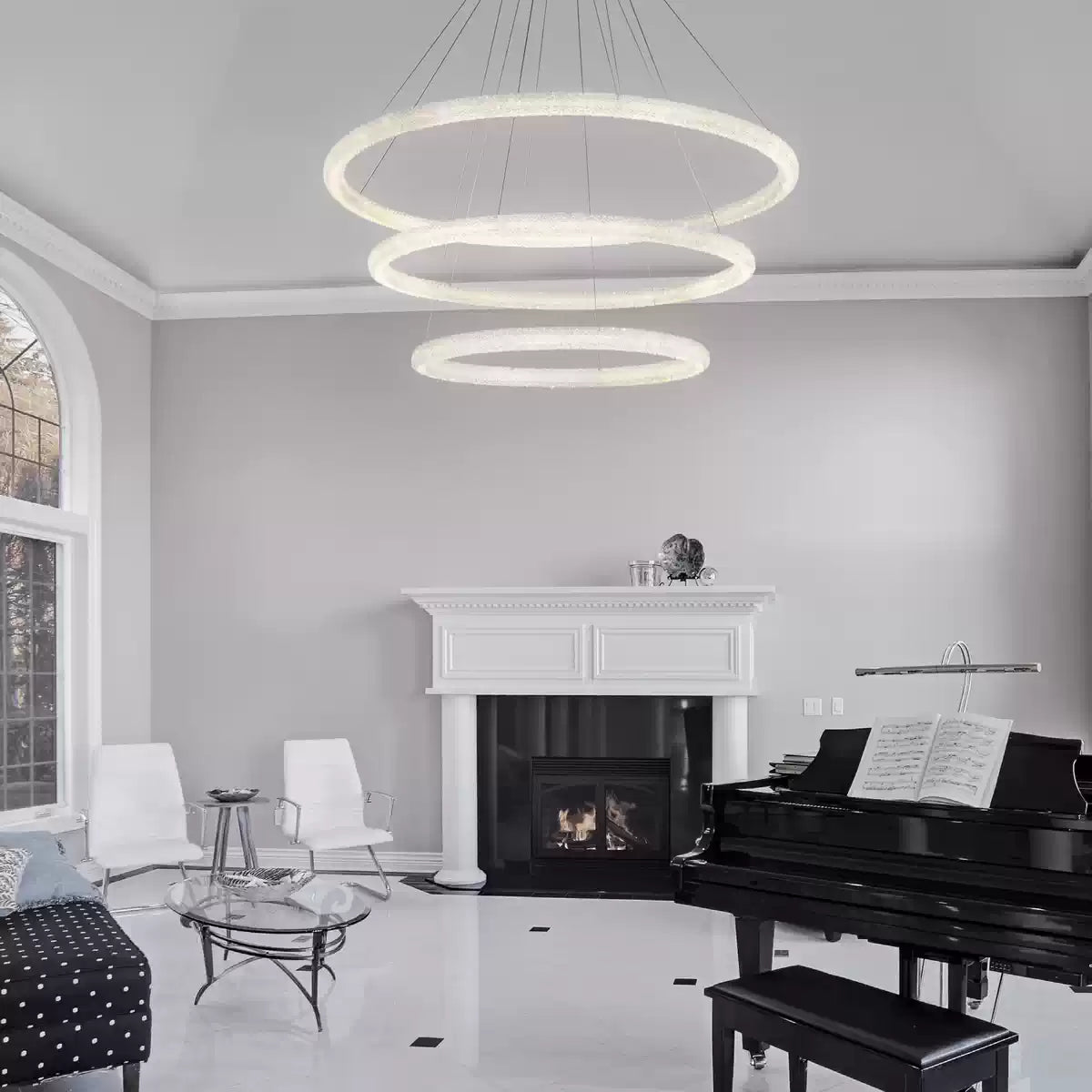
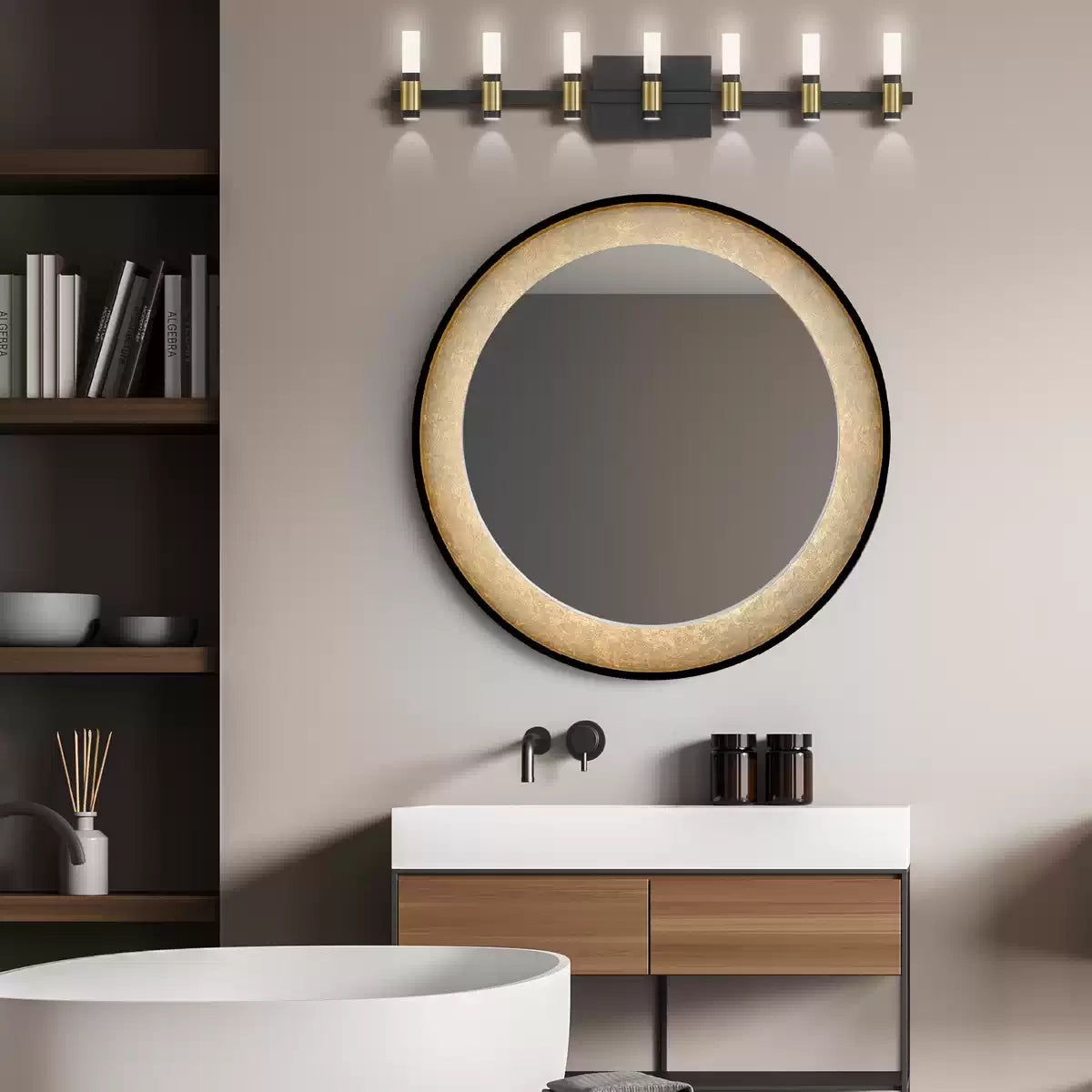
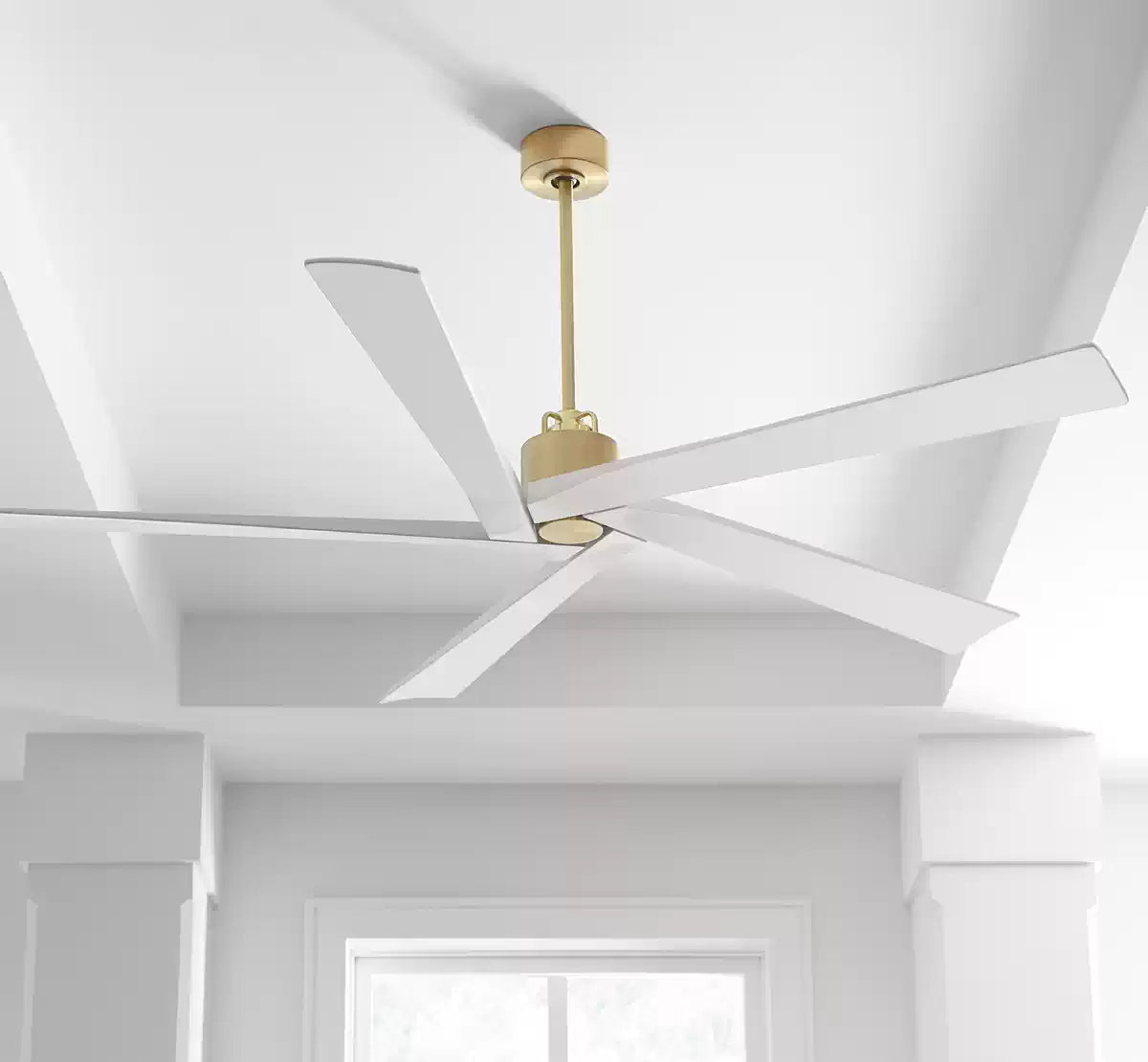
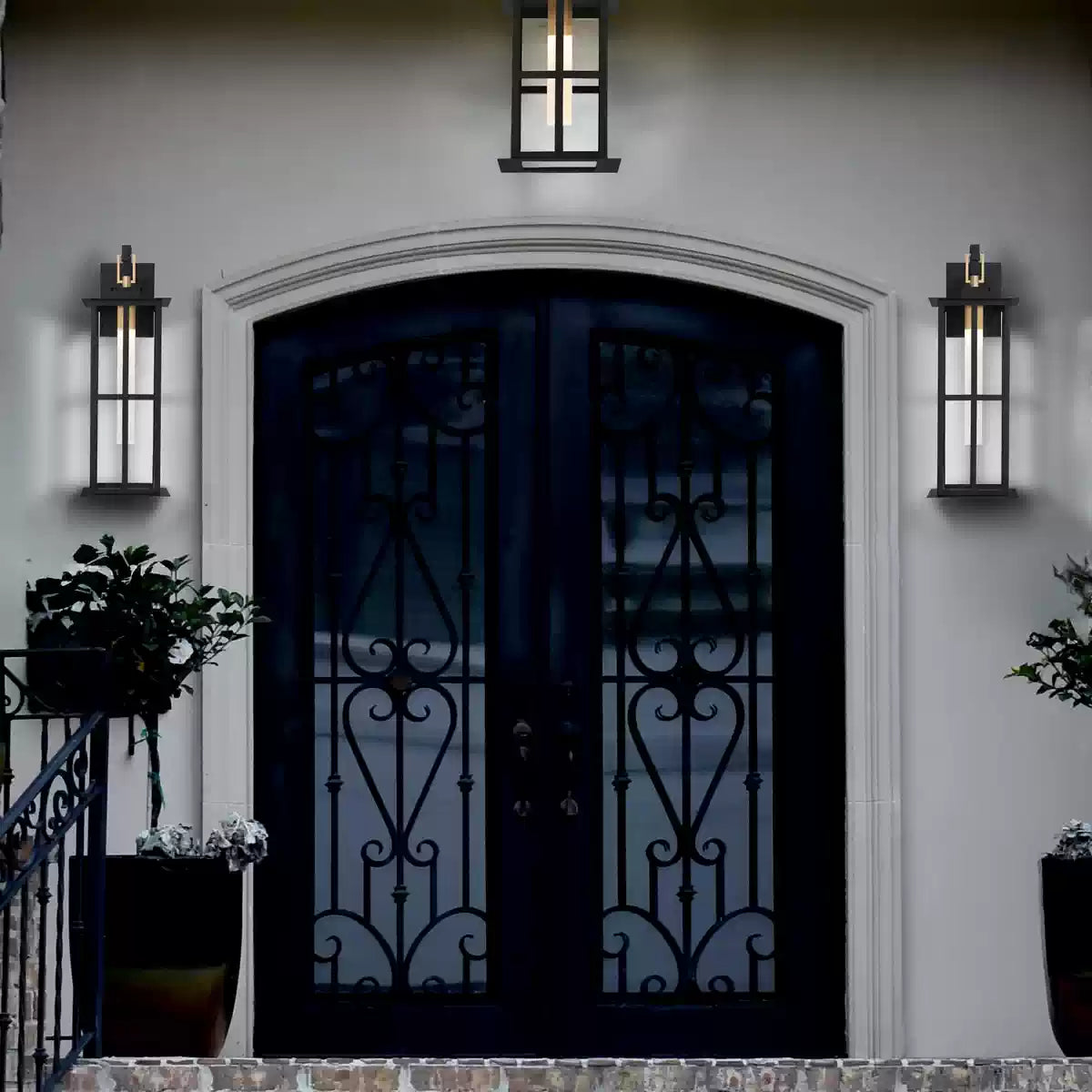

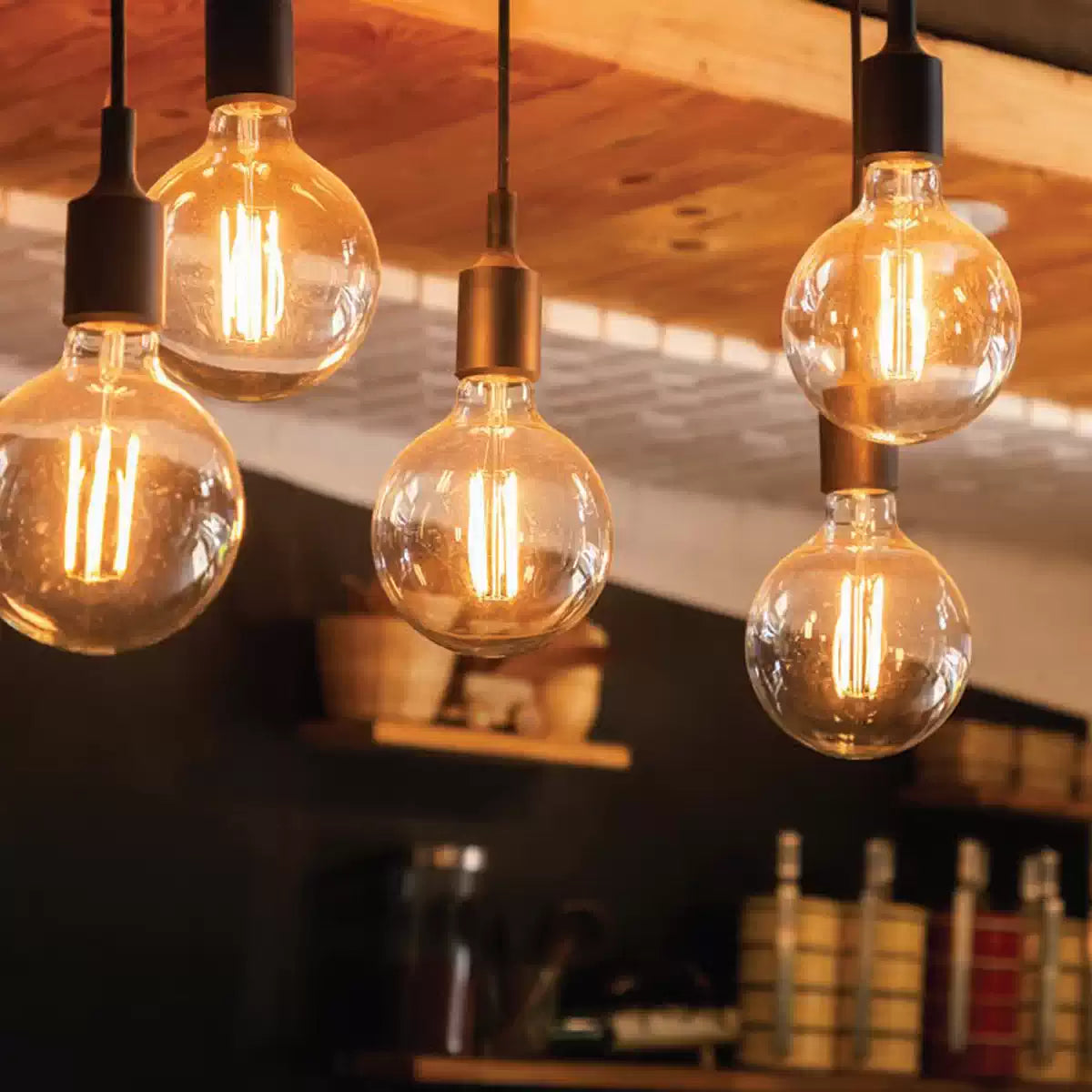


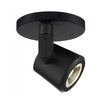





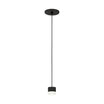
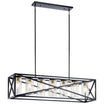


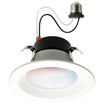



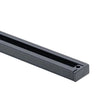
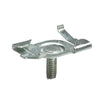


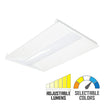
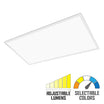
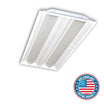



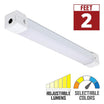



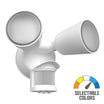


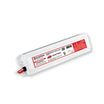
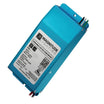
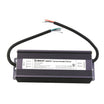

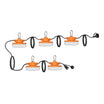

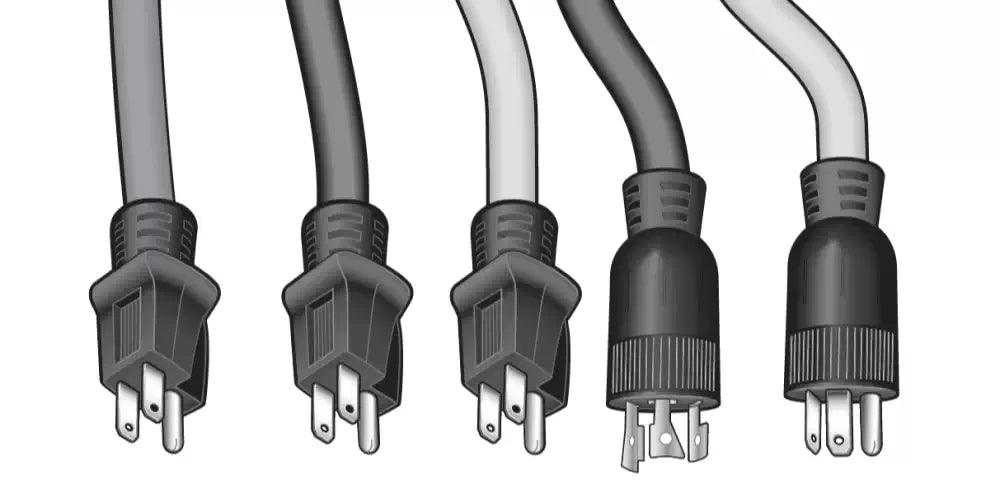
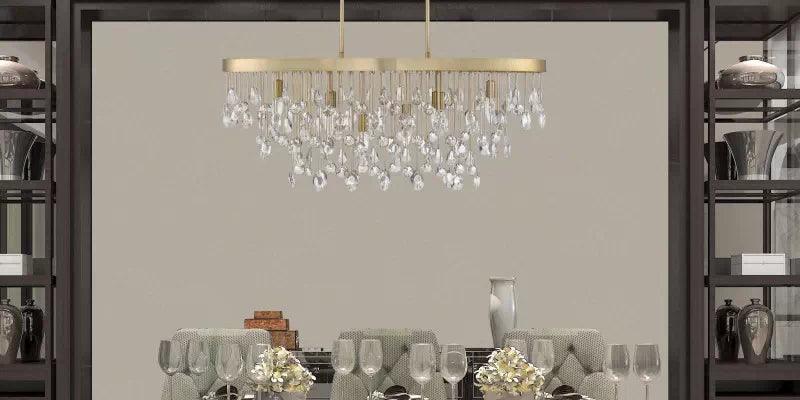

Leave a comment
All comments are moderated before being published.
This site is protected by hCaptcha and the hCaptcha Privacy Policy and Terms of Service apply.